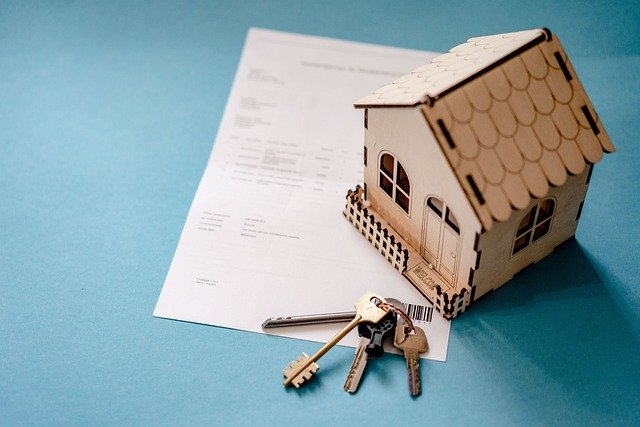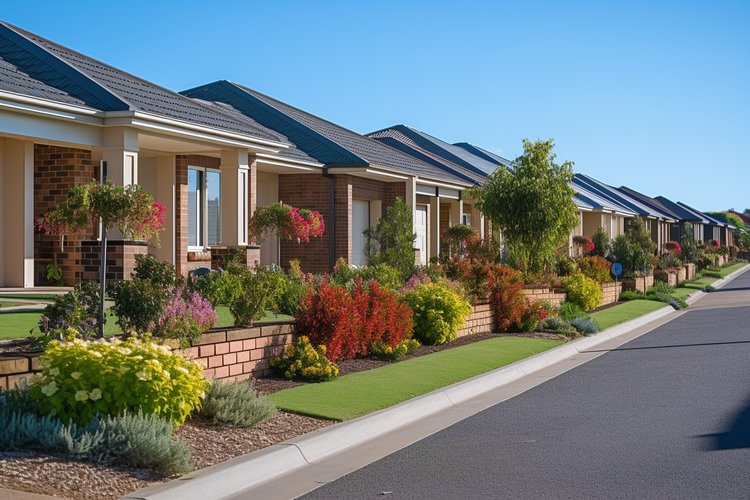The Untapped Potential of Urban Agriculture in Real Estate
Urban agriculture, a burgeoning concept within the real estate industry, is reshaping urban landscapes while addressing food security issues. This article delves into the rise of urban agriculture and its implications for the real estate sector. In cityscapes dominated by concrete jungles and skyscrapers, a surprising trend is taking root - urban agriculture. This innovative approach to land use is transforming rooftops, vacant lots, and abandoned structures into thriving gardens and farms.

History and Development of Urban Agriculture
Urban agriculture isn’t a novel idea. In fact, during World War II, “Victory Gardens” in urban and suburban areas produced up to 40% of all vegetables consumed in the U.S. However, the modern movement towards urban farming has been driven by a blend of economic, environmental, and social factors.
Climate change and growing awareness of sustainable practices have spurred interest in local food production. Simultaneously, urbanization and population growth have highlighted the need to utilize available spaces more efficiently. These converging factors have led to the rise of urban agriculture, with real estate developers and property owners now viewing it as a viable and beneficial land use strategy.
The Intersection of Urban Agriculture and Real Estate
Urban agriculture offers an innovative solution to the under-utilization of urban spaces. Rooftops, vacant lots, and even abandoned buildings can be transformed into productive landscapes, providing fresh produce for local communities while enhancing property values.
For real estate developers, integrating urban agriculture into projects can increase a property’s attractiveness and marketability. It not only provides a unique selling point but also aligns with the growing consumer demand for sustainable, eco-friendly practices.
Furthermore, urban farms can enhance community engagement, creating spaces that foster social interaction and community development. These factors can contribute to improved neighborhood aesthetics and increased property values, creating a win-win situation for property owners and community residents alike.
The Potential and Challenges of Urban Agriculture in Real Estate
Despite its potential, urban agriculture in real estate is not without challenges. Zoning laws, for instance, may limit the use of land for agriculture. Additionally, the initial investment required for setting up urban farms can be substantial.
However, the benefits often outweigh these obstacles. In addition to providing local, fresh produce, urban agriculture can reduce the urban heat island effect, improve air quality, and even provide job opportunities.
Is Urban Agriculture the Future of Real Estate?
While it’s too early to say if urban agriculture will become a mainstream trend in real estate, it’s clear that it offers intriguing possibilities. As cities continue to grow and evolve, so too will the ways in which we utilize urban spaces.
In the world of real estate, staying ahead of trends is essential, and urban agriculture represents a unique, sustainable approach to property development. As we move towards a more sustainable future, the fusion of real estate and urban agriculture may just be the innovative solution we need.





